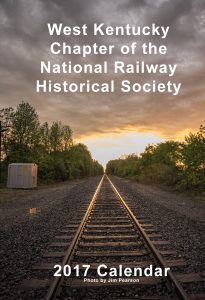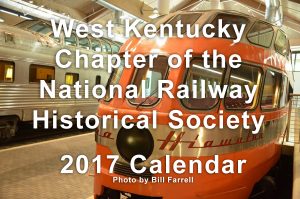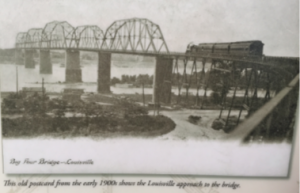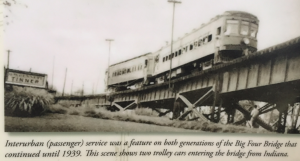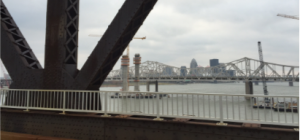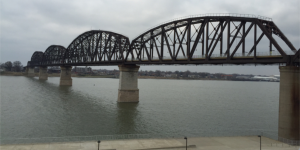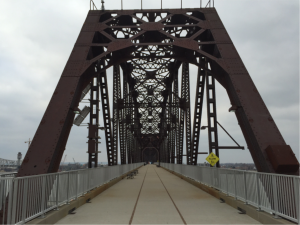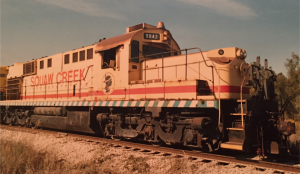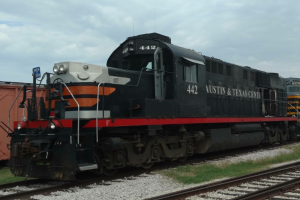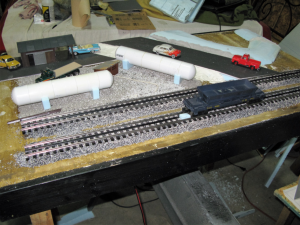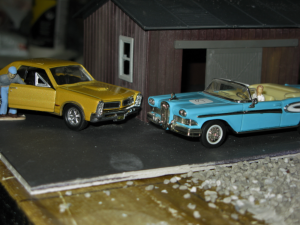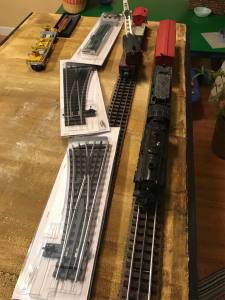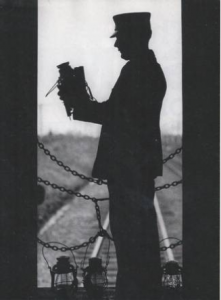 Early in the 20th century (and before the various “Safety First” campaigns that we still see today), a dozen railroaders — on average died on the job each day . On any given day, tens of thousands more were injured or maimed.
Early in the 20th century (and before the various “Safety First” campaigns that we still see today), a dozen railroaders — on average died on the job each day . On any given day, tens of thousands more were injured or maimed.
That was often brought home by the fact that few conventional insurance companies would write policies for railroaders — their jobs were considered too risky. So railroaders set up their own group insurance plans and mutual benefit associations.
An industrial pension program so that employees could expect to retire (rather than work until they died) was largely a railroad innovation. The first plans emerged in the early 1880s and led to the creation of the Railroad Retirement Board in 1934, which was the model for the Social Security Act a year later.
Hundred of thousands of railroaders worked in jobs that took them away from their homes and families. Sometimes they enjoyed networks of boarding houses, railroad YMCA’s, beaneries, and places of entertainment and commercial affection. At other locations, the away-from-home accommodations could be threadbare or downright inhospitable.
And then, the names. For everyone from the president on down, official railroad documents generally identified the employees by a sterile two initials and surname, (J. T. Blow). Yet no group of industrial workers embraced nicknames more than railroaders. There was always a few Butches, a Nookie, Boogie, Shotgun, Skeeter, Barney, Screwdriver, Speedy, and all sorts of fellows who, for one reason or another, went by some alternate version of their given names.
All of which speaks to a larger truth. Despite the hazards and demands, railroaders were proud of their work. You would hear variations of this theme many times: “I hate the company but love the work.” Or, “I can’t believe they pay me to do this.” – submitted by Gary Ostlund
Credits: Pix by H. Armstrong Roberts and excerpts from Kalmbach’s 2011 Working on the Railroad

